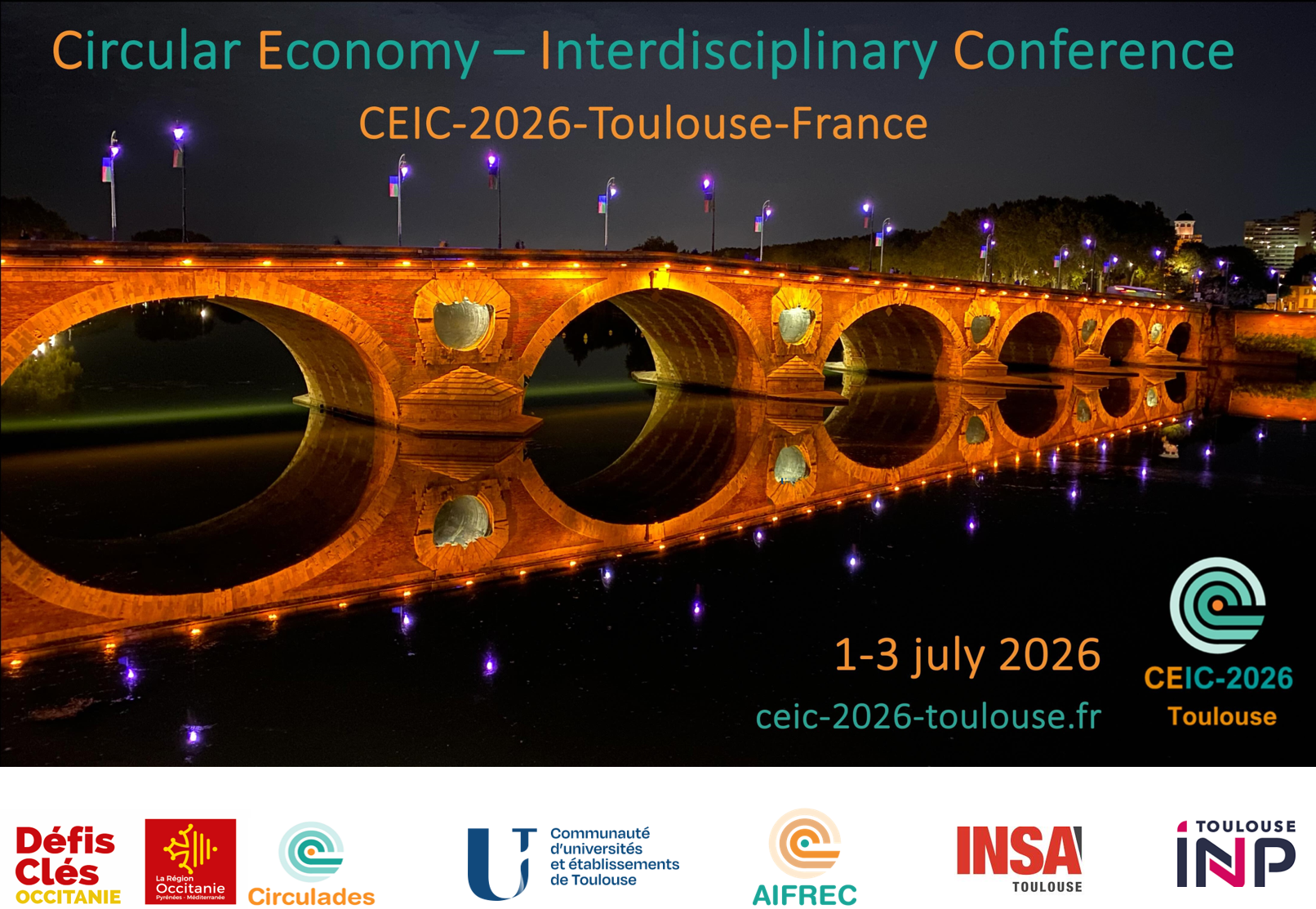The the 23rd of september 2022 at 9:30 am
room 401 of Toulouse Biotechnology Institute
Title
“A contribution to the study of aerobic granulation and ALE production: effects of high organic loading rates, and different COD/N ratio“
Jury composition:
- Mme. Sylvie GILLOT, Directrice de recherche, REVERSAAL, Lyon – Rapporteuse
- M. Jean-Philippe DELGENES, Directeur de recherche, LBE, Narbonne – Rapporteur
- Mme. Elisabeth NEUHAUSER, Professeure, LBAE, Auch – Examinatrice
- M. Nicolas DERLON, Directeur de recherche, EAWAG, Zürich – Examinateur
- M. Thibaut SAUR, Ingénieur innovation, SUEZ, France – Invité
- M. Etienne PAUL, Professeur, TBI, Toulouse – Directeur de Thèse
- Mme. Yolaine BESSIERE, Maitresse de conférence, TBI, Toulouse – Co-directrice de thèse
Aerobic granular sludge allows multiple reactions and fast-settling among the same tank (Morgenroth et al., 1997). Those elements explain the fast spreading of granular sludge processes for domestic and industrial wastewater treatment (Pronk et al., 2015). In addition, the potential valorization of ALE (alginate-like exopolymers) seems an interesting route for circular economy of wastewaters (van Leeuwen et al., 2018).
This thesis was interested in studying the possibility to valorize ALE from particular (industrial), highly loaded wastewaters. The impact of different operating conditions on granular sludge formation were studied as well as their consequences in terms of ALE production. In particular, the conditions studied were contrasted COD/N, high COD/P and high organic loading rate. All along the thesis a complementary modelling approach was used to gain insight in the biological mechanisms and competitions taking place under the applied conditions.
Doing such allowed to observe that a low nitrogen loading rate led to fast granulation and thus ALE formation. On the contrary, a high nitrogen loading rate led to a loss of granulation, meaning an absence of structural EPS. The phenomenon behind this granulation inability were studied in depth.
Moreover, organic loading rate modifications led to the observation of a correlation between the kinetic biological constants and the ALE production for the first time.
This thesis brings new elements to go towards the valorization of high added-value products in wastewater treatment plants.






